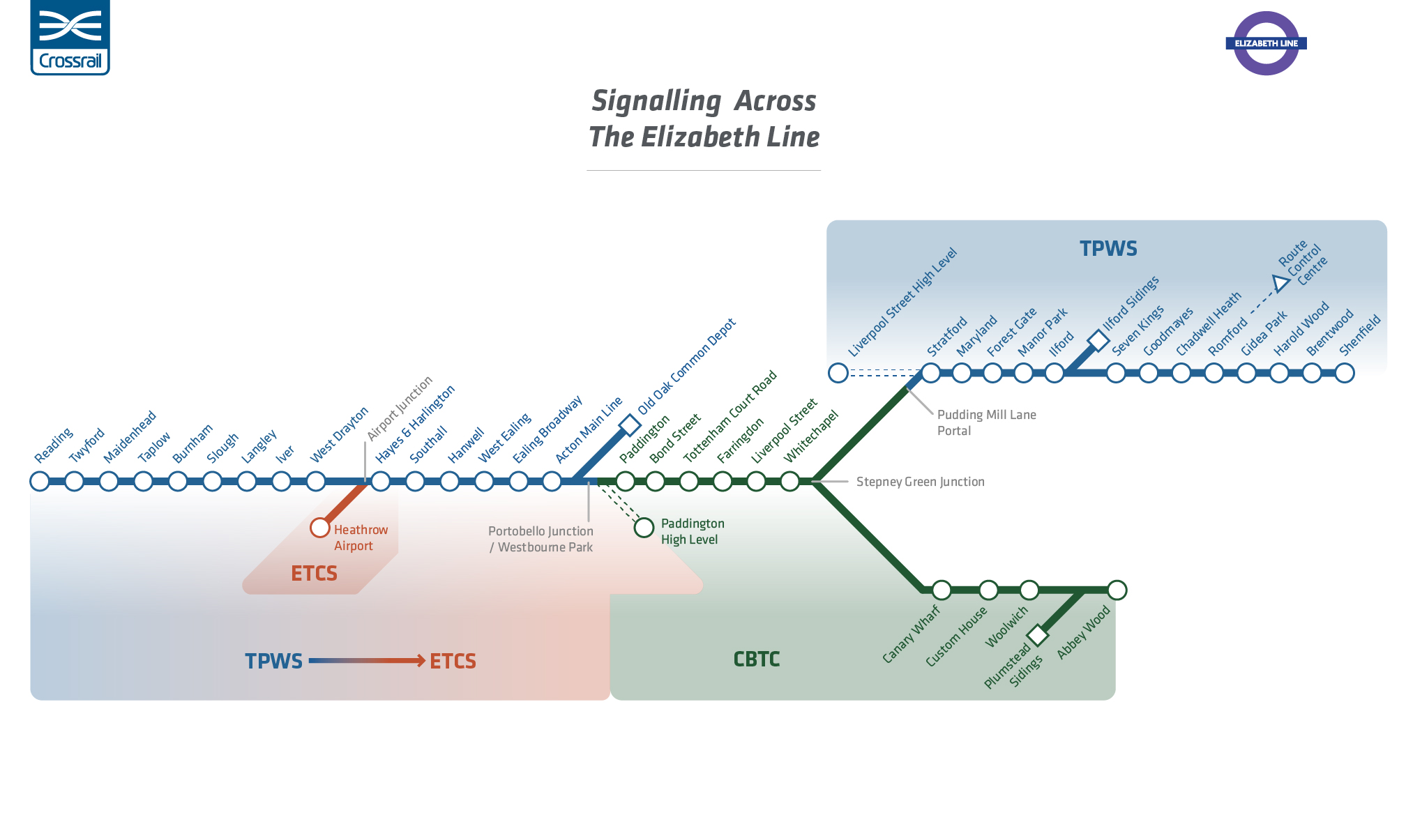I haven't seen any evidence that 2.4 GHz is what they're using other than your claim that's the case with a pdf that doesn't seem to mention it anywhere.
As far as I'm aware the main concern was with n78 5G (3400-3800 MHz), hence why the stations have gone live without this.
Sorry I thought it did, but you're right. Anyway I'm 90% certain it uses 2.4GHz or alternatively the same frequency as 5GHz WiFi.
"The radio system used in the Copenhagen S-train CBTC
system, called Airlink [42], is based on Wi-Fi. However, previous generations of Airlink still use proprietary custom-built
radio technology, based on spread-spectrum and operating in
the 2.4 and 5.9 GHz bands. The latest project using this spreadspectrum based system is the recently contracted NYCT’s
Queens Boulevard Line [60]."
Nearly all CBTC installation today work in one of the three, license-free ISM bands:
900 MHz, 2.4 GHz, and 5 GHz. Of these, 2.4 GHz is the most popular among CBTC
suppliers, followed by 5 GHz [83].
It seems Airlink MT actually uses off the shelf WiFi itself as the communications protocol, which I find absolutely astounding. It would be trivial to jam it. WiFi is exceedingly easy to jam. And while they go to lengths to say it is encrypted with IPSec, it's probable in the lifetime of the trains that there will be many security flaws found in the protocol. I'm very doubtful as to whether they will keep the trains up to date security wise quickly enough.

